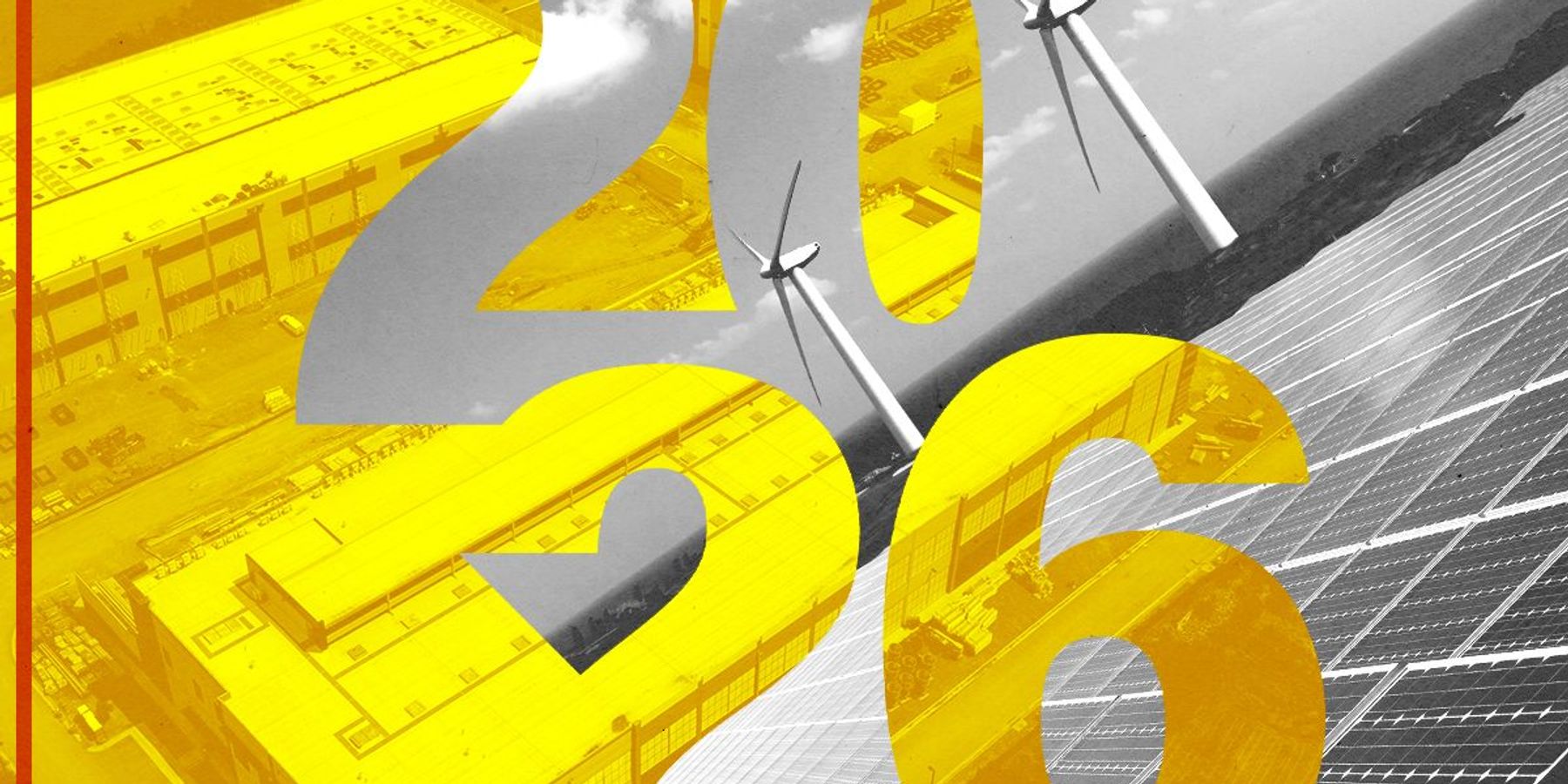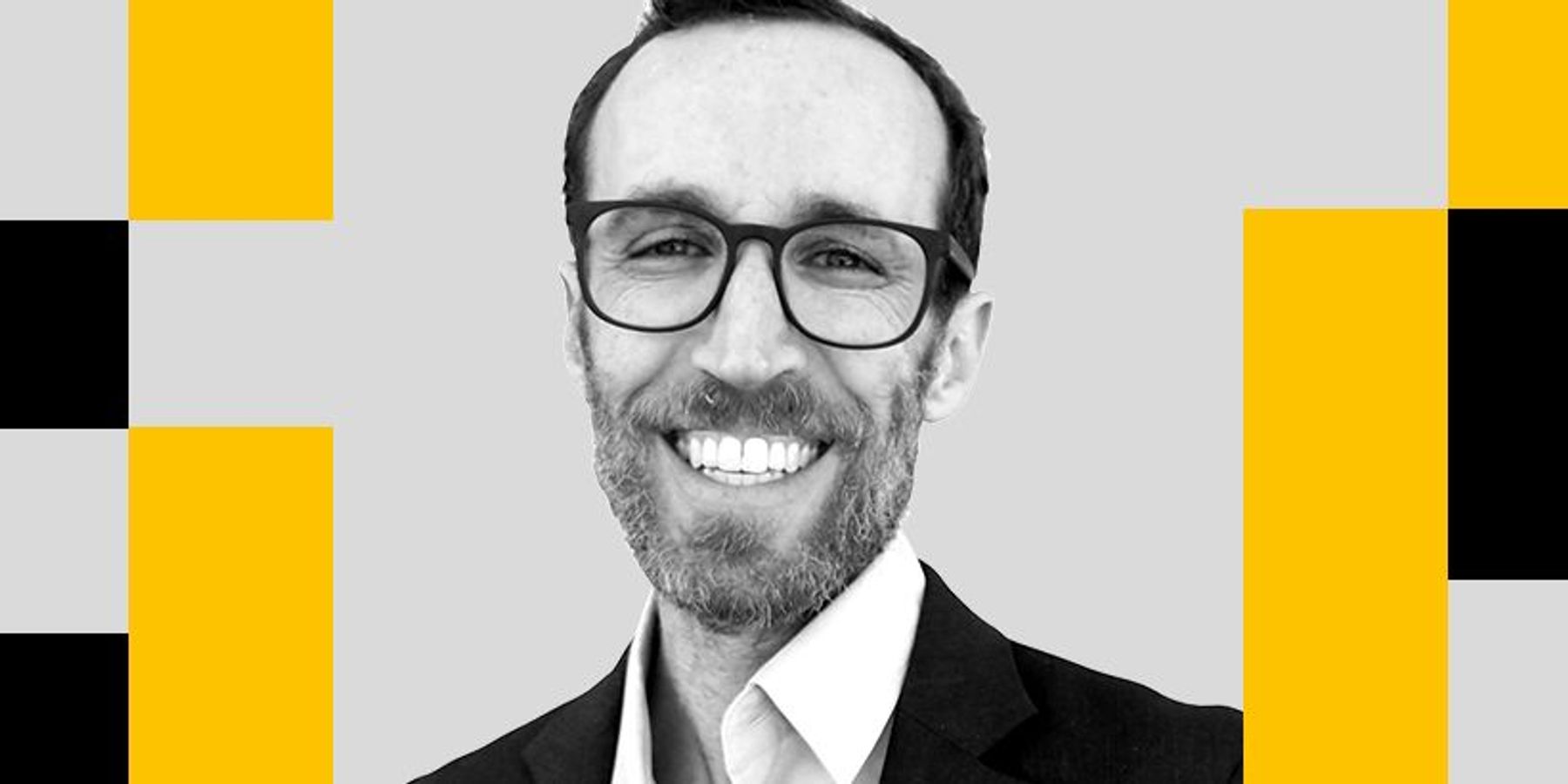It’s now clear that 2026 will be big for American energy, but it’s going to be incredibly tense.
Over the past 365 days, we at The Fight have closely monitored numerous conflicts over siting and permitting for renewable energy and battery storage projects. As we’ve done so, the data center boom has come into full view, igniting a tinderbox of resentment over land use, local governance and, well, lots more. The future of the U.S. economy and the energy grid may well ride on the outcomes of the very same city council and board of commissioners meetings I’ve been reporting on every day. It’s a scary yet exciting prospect.
To bring us into the new year, I wanted to try something a little different. Readers ask me all the time for advice with questions like, What should I be thinking about right now? And, How do I get this community to support my project? Or my favorite: When will people finally just shut up and let us build things? To try and answer these questions and more, I wanted to give you the top five trends in energy development (and data centers) I’ll be watching next year.
1. The AI data center backlash is growing faster than you thought.
The best thing going for American renewable energy right now is the AI data center boom. But the backlash against developing these projects is spreading incredibly fast.
Do you remember last week when I told you about a national environmental group calling for data center moratoria across the country? On Wednesday, Senator Bernie Sanders called for a nationwide halt to data center construction until regulations are put in place. The next day, the Working Families Party – a progressive third party that fields candidates all over the country for all levels of government – called for its candidates to run in opposition to new data center construction.
On the other end of the political spectrum, major figures in the American right wing have become AI skeptics critical of the nascent data center buildout, including Florida Governor Ron DeSantis, Missouri Senator Josh Hawley, and former Trump adviser Steve Bannon. These figures are clearly following the signals amidst the noise; I have watched in recent months as anti-data center fervor has spread across Facebook, with local community pages and groups once focused on solar and wind projects pivoting instead to focus on data centers in development near them.
In other words, I predicted just one month ago, an anti-data center political movement is forming across the country and quickly gaining steam (ironically aided by the internet and algorithms powered by server farms).
2. More data centers = lots more transmission fights.
I often hear from the clean energy sector that the data center boom will be a boon for new projects. Renewable energy is the fastest to scale and construct, the thinking goes, and therefore will be the quickest, easiest, and most cost effective way to meet the projected spike in energy demand.
I’m not convinced yet that this line of thinking is correct. But I’m definitely sure that no matter the fuel type, we can expect a lot more transmission development, and nothing sparks a land use fight more easily than new wires.
Past is prologue here. One must look no further than the years-long fight over the Piedmont Reliability Project, a proposed line that would connect a nuclear power plant in Pennsylvania to data centers in Virginia by crossing a large swathe of Maryland agricultural land. I’ve been covering it closely since we put the project in our inaugural list of the most at-risk projects, and the conflict is now a clear blueprint.
In Wisconsin, a billion-dollar transmission project is proving this thesis true. I highly recommend readers pay close attention to Port Washington, where the release of fresh transmission line routes for a massive new data center this week has aided an effort to recall the city’s mayor for supporting the project. And this isn’t even an interstate project like Piedmont.
3. The data center backlash is coming for renewable energy.
While I may not be sure of the renewable energy sector’s longer-term benefits from data center development, I’m far more confident that this Big Tech land use backlash is hitting projects right now.
The short-term issue for renewables developers is that opponents of data centers use arguments and tactics similar to those deployed by anti-solar and anti-wind advocates. Everyone fighting data centers is talking about ending development on farmland, avoiding changes to property values, stopping excess noise and water use, and halting irreparable changes to their ways of life.
Only one factor distinguishes data center fights from renewable energy fights: building the former potentially raises energy bills, while the latter will lower energy costs.
I do fear that as data center fights intensify nationwide, communities will not ban or hyper-regulate the server farms in particular, but rather will pass general bans that also block the energy projects that could potentially power them. Rural counties are already enacting moratoria on solar and wind in tandem with data centers – this is not new. But the problem will worsen as conflicts spread, and it will be incumbent upon the myriad environmentalists boosting data center opponents to not accidentally aid those fighting zero-carbon energy.
4. Trump will start slowly approving renewables.
This week, the Bureau of Land Management approved its first solar project in months: the Libra facility in Nevada. When this happened, I received a flood of enthusiastic and optimistic emails and texts from sources.
We do not yet know whether the Libra approval is a signal of a thaw inside the Trump administration. The Interior Department’s freeze on renewables permitting decisions continues mostly unabated, and I have seen nothing to indicate that more decisions like this are coming down the pike. What we do know is that ahead of a difficult midterm election, the Trump administration faces outsized pressure to do more to address “affordability,” Democrats plan to go after Republicans for effectively repealing the Inflation Reduction Act and halting permits for solar and wind projects, and there’s a grand bargain to be made in Congress over permitting reform that rides on an end to the permitting freeze.
I anticipate that ahead of the election and further permitting talks in Congress, the Trump administration will mildly ease its chokehold on solar and wind permits because that is the most logical option in front of them. I do not think this will change the circumstances for more than a small handful of projects sited on federal lands that were already deep in the permitting process when Trump took power.
5. Battery fire fears continue to spread after Moss Landing.
It’s impossible to conclude a conversation about next year’s project fights without ending on the theme that defined 2025: battery fire fears are ablaze, and they’ll only intensify as data centers demand excess energy storage capacity.
The January Moss Landing fire incident was a defining moment for an energy sector struggling to grapple with the effects of the Internet age. Despite bearing little resemblance to the litany of BESS proposals across the country, that one hunk of burning battery wreckage in California inspired countless communities nationwide to ban new battery storage outright.
There is no sign this trend will end any time soon. I expect data centers to only accelerate these concerns, as these facilities can also catch fire in ways that are challenging to address.






